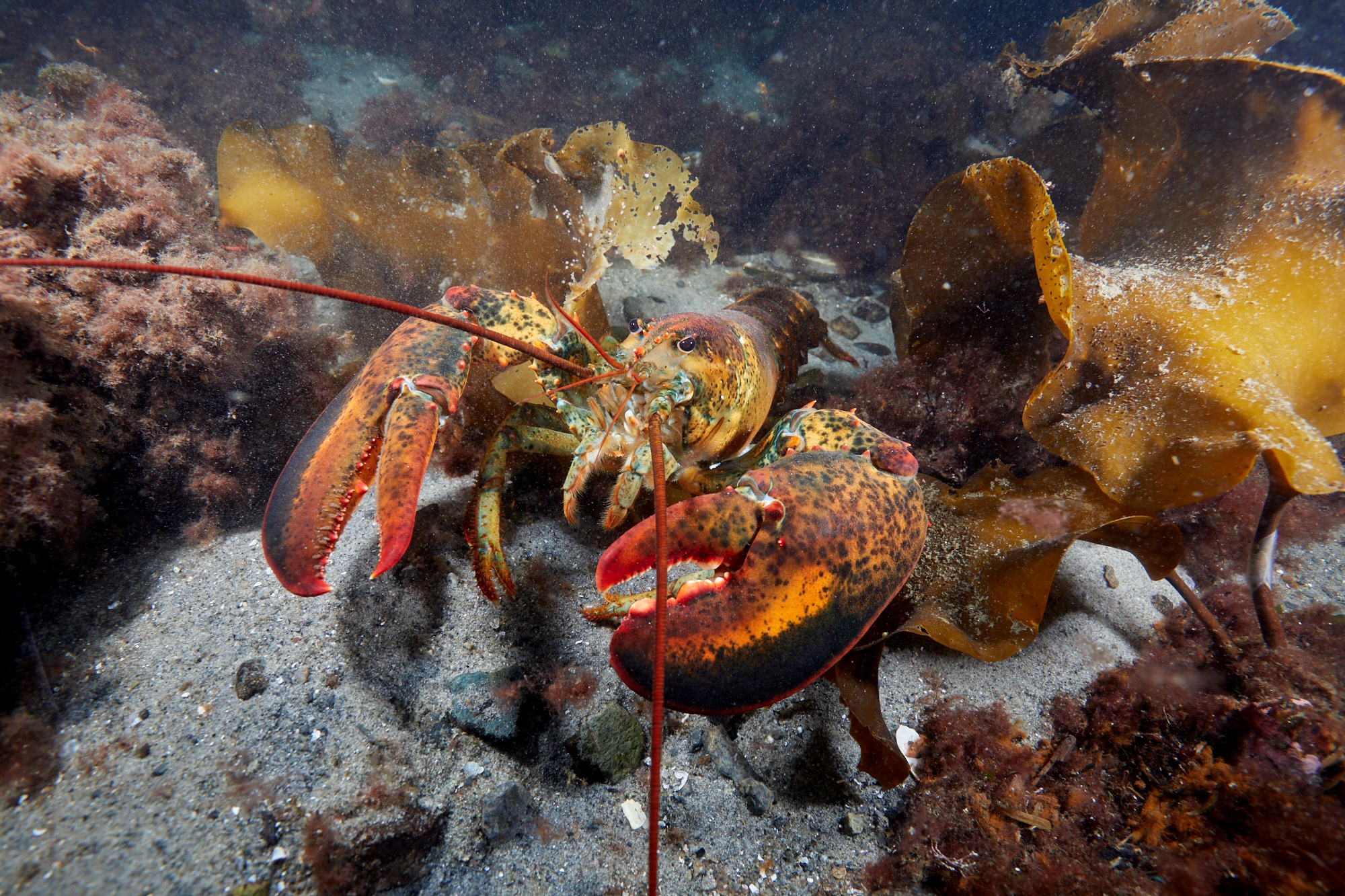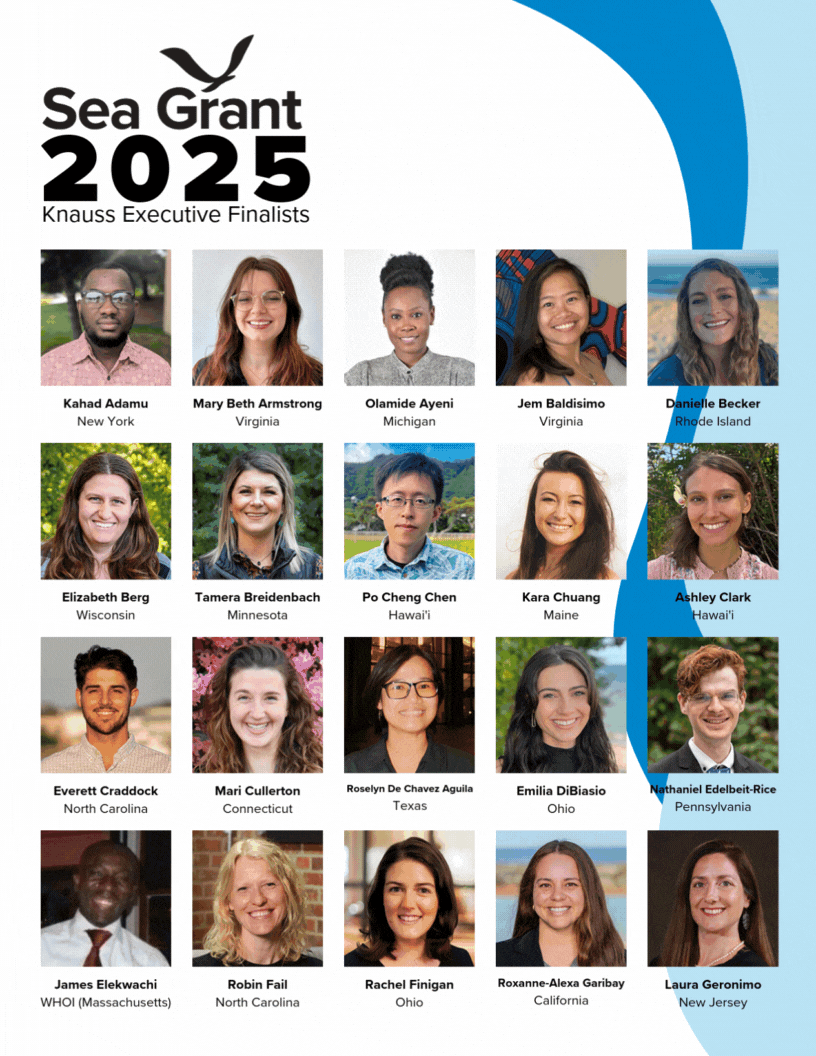By: Alexandra (Lexa) Skrivanek, Ph.D.,
Knauss Fellow,
Policy Analyst,
Office of the Assistant Secretary of Commerce for Oceans and Atmosphere / Deputy NOAA Administrator
NOAA’s mission of science, service and stewardship is vast in scope, spanning the surface of the sun to the depths of the ocean. I can personally attest to this because, in the first 24 hours of traveling with RDML Gallaudet in HawaiÊ»i at the start of my fellowship year, we covered most of this breadth. You see, the primary purpose for traveling to HawaiÊ»i was for RDML Gallaudet to represent NOAA at the PRiMO conference on coastal resiliency. But, along the way, we had the chance to tour NOAA facilities and meet with NOAA staff and partners from across the Big Island of HawaiÊ»i and the island of OÊ»ahu.
In Hilo, we visited the National Weather Service Hilo Airport Site and the MokupÄpapa Discovery Center. We ascended 11,140 feet to the Mauna Loa Observatory then descended to the coast to snorkel the West Habitat Focus Area. The day ended diving with manta rays as they somersaulted through a sea of plankton.
As a geologist, the Hawaiian landscape took my breath away. From the surreally volcanic mountains of dark red to black rock sourced from deep inside the earth, to the vibrant shallow reefs with bright white limestone and technicolor corals, tangs and triggerfish, everything is in motion. Even the rocks appear to be dynamic, frozen forms flowing into the sea with no clear boundaries between them.
During the second leg of our trip, I found that NOAA’s operations in Honolulu are as diverse as those on the Big Island. There we met with the NOAA Pacific Islands Region staff who work across NOAA line offices to promote the long-term growth and sustainability of communities in the Pacific. In addition to attending a 6:00 AM fish auction with NOAA Fisheries staff, we snorkeled among green sea turtles in the He’eia National Estuarine Research Reserve in KÄne’ohe Bay. This is where NOAA and Hawaiian partners collaborate for biocultural restoration, research and education, integrating indigenous practices to support resilient coastal ecosystems and cultural resources.
This trip was an opportunity to see NOAA’s mission in action, in real-time. It was also an opportunity to witness positive leadership as we engaged with NOAA staff and partners. Participating in these conversations impressed upon me the importance of actively listening, making meaningful connections between individuals and teams across NOAA, identifying common goals, highlighting successes, asking questions, and learning about staff and their projects to not only build morale but also to advance strategic, agency-wide objectives. Our discussions highlighted needs and explored opportunities to support ongoing communication and collaboration between NOAA headquarters, offices and partners in HawaiÊ»i and beyond – the NOAA ‘ohana.
‘Ohana is a word that eloquently describes the entire trip.
This became evident to me while attending the PRiMO conference. PRiMO – Pacific Risk Management ‘Ohana (PRiMO), is the family of local, national and regional organizations involved in risk management. The conference provided a unique opportunity to learn about regional and interagency efforts to build coastal resilience in the Pacific islands and discuss ways to further those efforts. Central to discussions was Pacific culture itself, which celebrates the idea of connectedness between land, ourselves and each other, and places cultural importance on family and community rather than the individual.
Prime Minister Puna of the Cook Islands articulated this well, “Pacific cultures embody the ‘Ohana spirit in ways that preserve and uplift us as a people; we all need to paddle as one and reap the benefits as one…regional cooperation across the Pacific is such that it is the envy of others around the world – cooperation where respect, honor and elders play key roles.” Honorable Fiame Mata’afa, Deputy Prime Minister of Samoa, explained the concept of the collective, groups of people connected by shared challenges and interests, as central to the Samoan identity, and also relevant to the broader region when centered around concepts such as gender inequality or climate impacts.
It is this sense of connection that drives some of the boldest commitments to conservation and marine protected areas (MPAs) in the world (e.g., the Micronesia Challenge), and regional cooperation in a variety of transboundary initiatives that support resilient communities, in which NOAA plays a role.
Marine protected areas support spectacular natural places and the communities that rely on them. Many are designed to protect natural and cultural heritage, and they serve as a powerful tool for exploring solutions to coastal challenges in a way that integrates both scientific research and technology with traditional knowledge and cultural practices. Over 26% of US waters are within an MPA, and most MPAs are located in the Pacific. While Indo-Pacific MPAs may be situated thousands of miles apart, they share similar challenges, opportunities and commitments to protecting ocean resources and indigenous culture in the face of human and climate-driven changes. MPA alliances and networks can provide a framework for collaborative research, planning and capacity building to strengthen MPA management of culturally and ecologically connected areas1.
The Pacific region is a national priority. As a Knauss fellow in the Office of the Assistant Secretary of Commerce for Oceans and Atmosphere, I have been working with the National MPA Center in NOAA’s Office of National Marine Sanctuaries (ONMS) to explore agreements between Indo-Pacific MPAs. These MPAs are designed to facilitate collaboration on conservation, management, research and community engagement that strengthen partnerships between the US and Pacific Island nations. One agreement for a sister-sanctuary designation and cooperation framework between the National Marine Sanctuary of American Samoa (NMSAS), the Palau National Marine Sanctuary (PNMS) and the ONMS Pacific Islands Region is in development.
Pacific culture is at the core of this effort, which recognizes shared commitments to conserve coastal and marine ecosystems, marine resources, and cultural heritage through the implementation of large-scale MPAs. American Samoa and Hawaiian MPAs bring attention to the value of traditional ecological knowledge and the integration of indigenous and scientific knowledge for effective place-based MPA management. Fa’a Samoa, which includes Samoan values that define the Samoan way of life, prioritizes the achievements of the community and family over the individual and connects Samoan people to Samoan lands and waters. It provides the cultural context for the NMSAS and therefore plays a critical role in the protection of natural resources and engagement of local leadership in ecosystem-based, adaptive management planning.
The integration of scientific research and monitoring with cultural traditions and practices is an important area of focus for managing MPA-fisheries interactions, for example, and for actively engaging community members in MPA stewardship, management, planning and operations. Programs that provide opportunities for youth enrichment, Science, Technology, Engineering and Math (STEM) education, and outreach may further support this goal.
As my fellowship continues, I look forward to learning more about MPAs and how they partner to monitor, predict and respond to transboundary challenges in the Pacific, from reef health and marine mammal migration to sea-level rise and ocean acidification in a warming world. There is a lot of work to be done, but, as my whirlwind travel demonstrated, the NOAA ‘Ohana is inclusive and far-reaching.
1Wenzel, L., G. Cid, B. Haskell, A. Clark, K. Quiocho, W. Kiene, B. Causey, and N. Ward. 2019. You can choose your relatives: building marine protected area networks from sister sites. Aquatic Conservation: Marine Freshwater Ecosystems 29(S2): 152-161.


